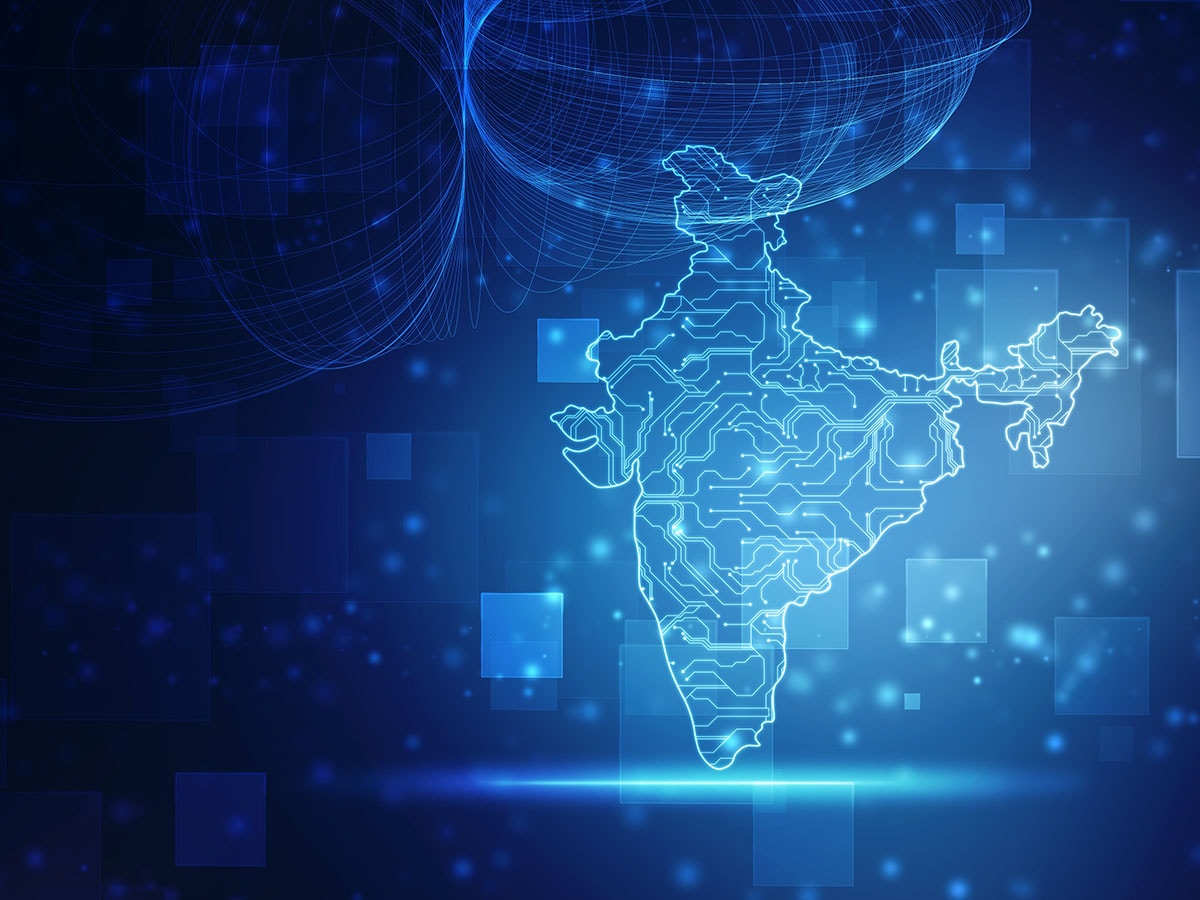 As per the Invest India report, the Indian e-commerce industry, with a CAGR of 23 percent industry, is expected to cross the $350 billion mark by 2030.
As per the Invest India report, the Indian e-commerce industry, with a CAGR of 23 percent industry, is expected to cross the $350 billion mark by 2030.
Image: Shutterstock
Thanks to the ‘Digital India’ initiative, smartphones and the internet have increased dramatically in India in recent years. There were 940 million internet connections in India as of August. Moreover, 95 percent of all internet connections are wireless, indicating the widespread accessibility and potential for e-commerce growth in the country. This initiative has increased internet use and enabled e-commerce, transforming business across sectors, opening newer markets and segments, and changing how business is done.
As per the Invest India report, the Indian e-commerce industry, with a CAGR of 23 percent industry, is expected to cross the $350 billion mark by 2030. While internet access is a prerequisite for e-commerce, the rise in e-commerce has often been ascribed to rising levels of wealth, reasonably priced data plans and, notably, the emergence of Digital Public Infrastructure (DPI), which includes digital payment systems. However, commerce is exchanging goods or services for cash or equivalent value. It necessitates information exchange not just of goods and services but also of payments.
While smartphone phones, with their 75 percent penetration, provide accessibility, and UPI provides the required digital payments transactional edifice for e-commerce, this article unpacks some of the other government policies and programs that have robust positive externalities on e-commerce.
First, logically, the exchange of goods requires the transportation of goods, which is facilitated by physical infrastructure. The physical backbone is supported by PM GatiShakti’s infrastructure push, a transformative approach to multi-modal connectivity covering railways, roads, ports, airports, mass transport and logistics infrastructure. Over the last five years, the addition of 24,412 kilometres of highways (a 20.25 percent increase) has created newer, faster logistics corridors. In addition, incremental rural connectivity under PM Gram Sadak Yojana in five years is 161,811 km. This expanded network, intra-city and in the hinterlands, provides the required infrastructure, facilitating ‘commerce enablement’.
Second, along with physical infrastructure, e-commerce must have last mobility and connectivity, wherein the electric vehicle (EV) policy thrust plays a significant role. The adoption of electric vehicles in the delivery fleet has been instrumental in reducing per-unit delivery costs. The cost per km for EV bikes is 0.1-0.15 per km compared to petrol bikes, which is approximately Rs2 per km. Effectively, over 5,000 km, electric vehicles save about Rs95,000, reducing per-unit delivery costs. This reduction in delivery costs helps improve the per-unit economics of e-commerce goods. EV isn’t just about environmental consciousness; it’s also about commerce efficiency.
[This article has been reproduced with permission from SP Jain Institute of Management & Research, Mumbai. Views expressed by authors are personal.]
